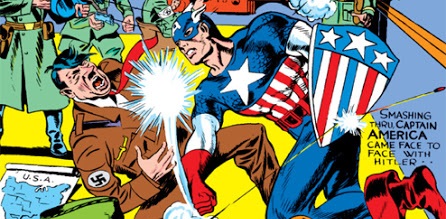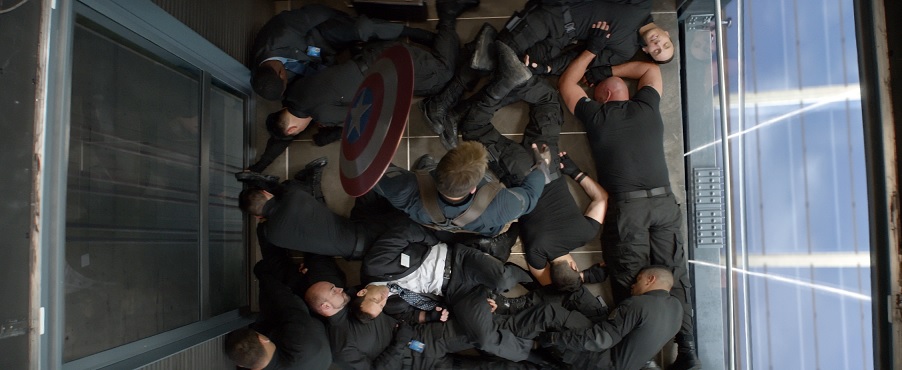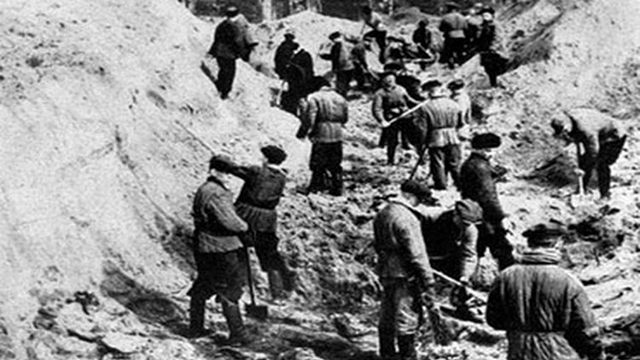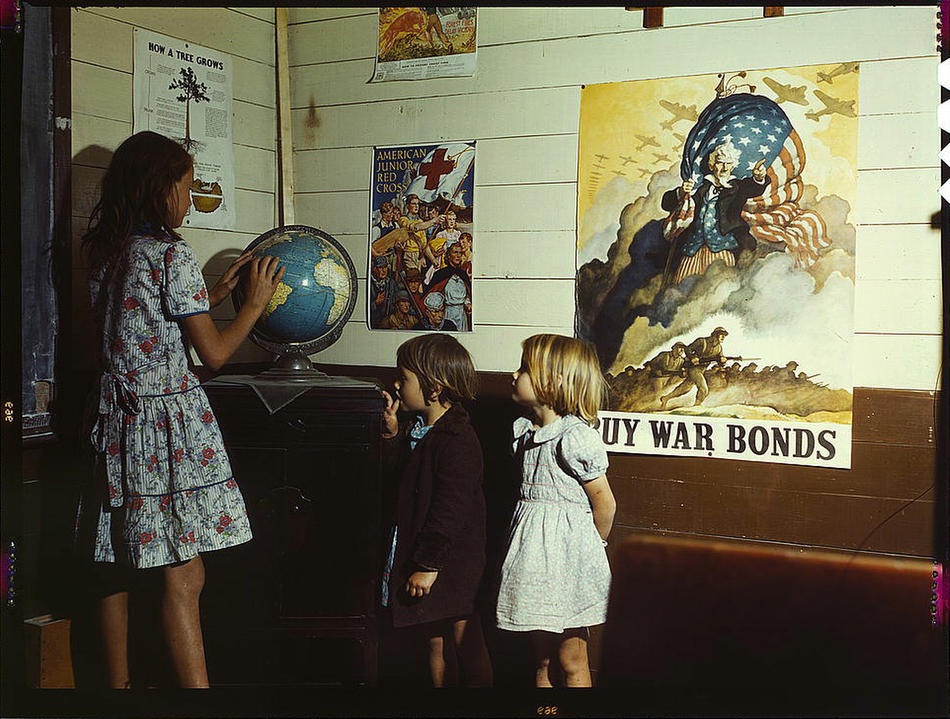
At Lawyers, Guns, & Money, Steven Attewell reminds us that Captain America has always been an FDR progressive. “[U]nlike other patriotic superheroes (like Superman, for example), Captain America is meant to represent the America of the Four Freedoms, the Atlantic Charter, and the Second Bill of Rights – a particular progressive ideal.”
Which reminds me, I was glad to see Cap so obviously take arms against the post-9/11 GWOT surveillance/preemption apparatus in Captain America: The Winter Soldier a few weeks ago. CA:TWS is top-tier Marvel, right next to The Avengers and Iron Man, and an even better film than the quality first installment. I particularly enjoyed the second-act twists involving Operation Paperclip and a UNIVAC, and if nothing else, the movie has furnished us with another very funny meme in “Hail Hydra.”
That being said, the third act slips off the rails some — state-of-the-art aircraft carriers with easily penetrable overrides, ho-hum — and the death count here, while not as egregious as in Man of Steel, still veers well into the absurd. When it comes time to face Ultron, how ’bout going easy with those grenades, Cap.





